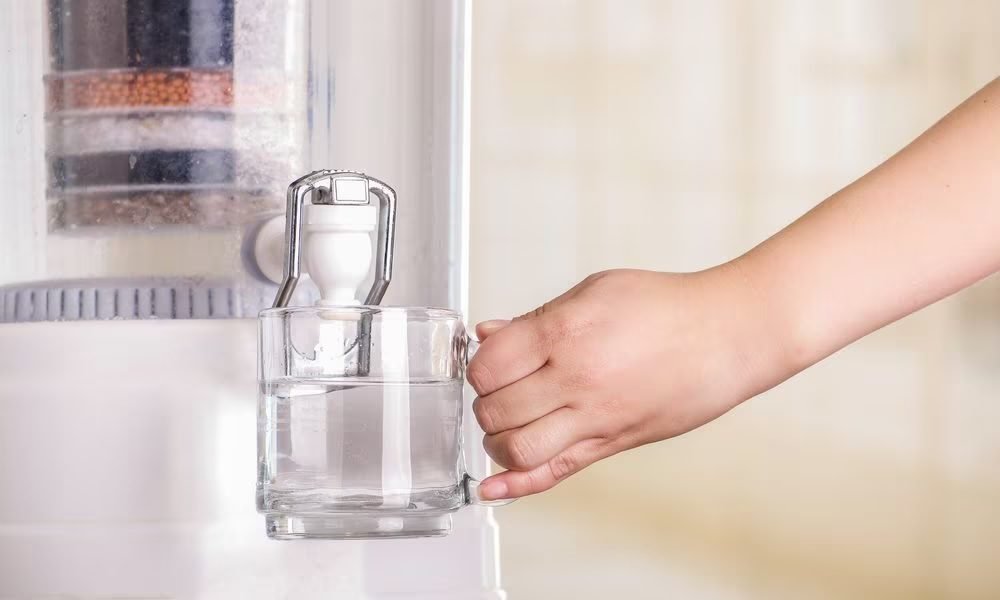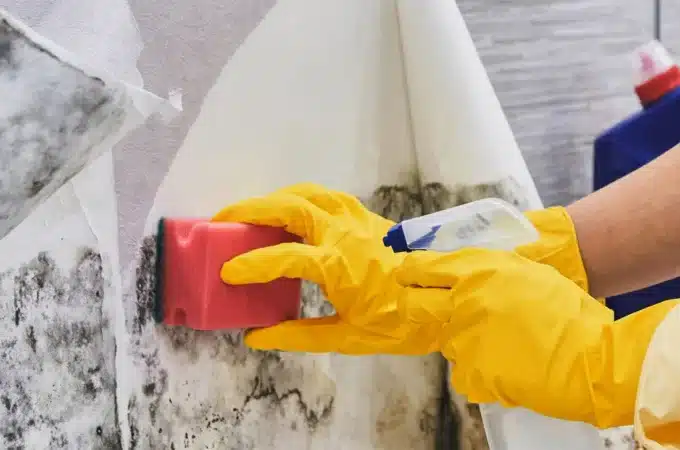
Ensuring Clean and Safe Water: Water Treatment Systems in Salt Lake City
Table of Contents
ToggleIntroduction
Water is a fundamental element of life, and ensuring its cleanliness and safety is a top priority for any community. In Salt Lake City, a robust water treatment system plays a crucial role in providing residents with access to clean and safe drinking water.
In this article, we will explore the importance of water treatment systems in Salt Lake City, their components, and how they contribute to the well-being of the community.
The Need for Water Treatment Systems in Salt Lake City
Salt Lake City is home to a diverse population, and ensuring that every resident has access to high-quality drinking water is a paramount concern. The water sources in the region, including the Great Salt Lake and the local rivers, may contain impurities and contaminants that need to be removed to meet health and safety standards.
Water Treatment Systems: An Overview
Water treatment systems in Salt Lake City are comprehensive and multifaceted. These systems are designed to purify and disinfect water, making it safe for consumption and various other uses. Here are some key components and processes involved in these systems:
Water Intake: The process begins with the intake of water from the local sources, such as rivers or reservoirs.
Coagulation and Flocculation: In this stage, chemicals are added to the water to create tiny particles called floc. These particles attract and bind with impurities, making them easier to remove.
Sedimentation: The water is allowed to sit undisturbed, allowing the floc to settle to the bottom, removing a significant portion of impurities.
Filtration: The water passes through various filters, such as sand or charcoal, to further remove remaining particles, bacteria, and microorganisms.
Disinfection: Chlorine or other disinfection agents are added to kill harmful bacteria and pathogens in the water.
pH Adjustment: The pH level of the water is adjusted to ensure it meets regulatory standards and is safe for consumption.
Distribution: After undergoing these treatment processes, the clean water is distributed through a network of pipes to homes and businesses in Salt Lake City.
Benefits of Water Treatment Systems in Salt Lake City
Safe Drinking Water: The primary goal of these systems is to provide residents with safe and clean drinking water, free from harmful contaminants and pathogens.
Improved Public Health: Access to treated water reduces the risk of waterborne diseases and ensures the well-being of the community.
Environmental Conservation: Water treatment systems also play a role in protecting local ecosystems by removing pollutants and preventing their release into the environment.
Economic Benefits: Ensuring a reliable supply of clean water supports economic activities, including agriculture, manufacturing, and tourism, which are vital for the region’s prosperity.
Sustainability: Water treatment systems promote the sustainable use of water resources by recycling and reusing treated wastewater for non-potable purposes.
Conclusion
Water treatment systems in Salt Lake City are essential for safeguarding public health, protecting the environment, and supporting the region’s economic growth. These systems are a testament to the city’s commitment to providing its residents with clean and safe drinking water.
Through continuous improvement and adherence to stringent quality standards, Salt Lake City’s water treatment systems play a vital role in ensuring a better quality of life for all its residents. With the dedicated efforts of professionals and ongoing investments in infrastructure, the city can look forward to a future where clean water remains a cornerstone of its success.
Syed Azeem Haider is an enthusiastic writer, loves to write on social issues, current affairs, books and T.V reviews, currently working for homepick as a digital marketer.





